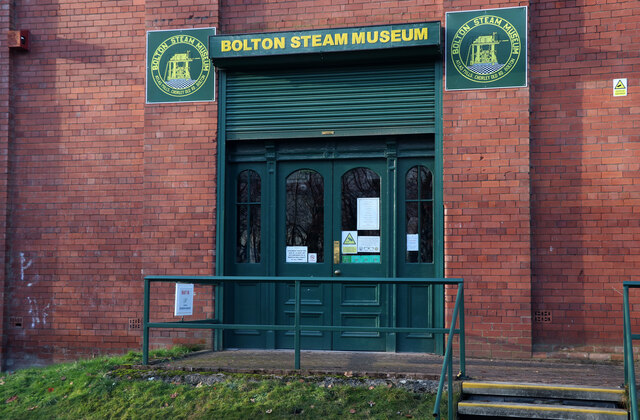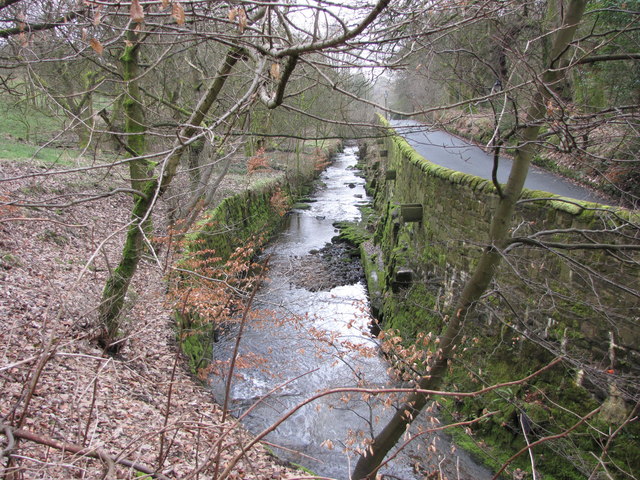Smithills
Settlement in Lancashire
England
Smithills
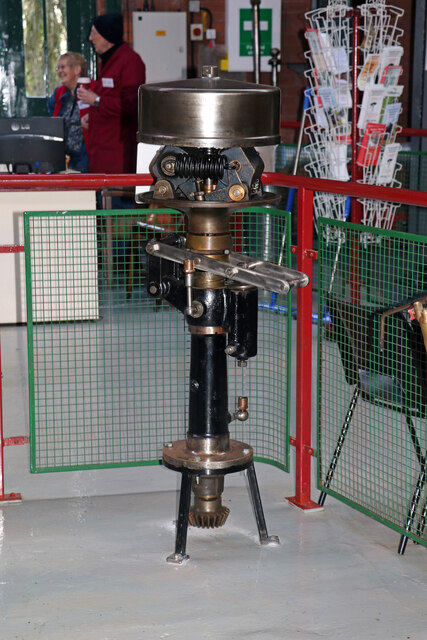
Smithills is a historic area located in the county of Lancashire, England. Situated on the western outskirts of Bolton, it is known for its scenic beauty, rich history, and diverse wildlife. The area is characterized by rolling hills, picturesque woodlands, and sprawling open spaces.
One of the notable landmarks in Smithills is Smithills Hall, a Grade I listed manor house that dates back to the 14th century. The hall has witnessed centuries of history and is renowned for its architectural beauty and well-preserved interiors. It offers a glimpse into the past with its stunning period rooms, including a medieval great hall and a Victorian Gothic dining room. The surrounding gardens are equally enchanting and provide a tranquil escape for visitors.
Smithills Country Park, a sprawling green space covering over 2,000 acres, is another highlight of the area. The park offers a range of recreational activities, including walking, cycling, and birdwatching. Its diverse habitats, including woodlands, grasslands, and wetlands, attract a wide variety of wildlife, making it a haven for nature enthusiasts.
In addition to its natural and historical attractions, Smithills is also home to a vibrant community. The area boasts several schools, shops, and amenities, ensuring a high quality of life for its residents. It also benefits from excellent transport links, with easy access to Bolton town center and the wider region.
Overall, Smithills, Lancashire, combines natural beauty, historical significance, and community spirit, making it a charming and sought-after place to live or visit.
If you have any feedback on the listing, please let us know in the comments section below.
Smithills Images
Images are sourced within 2km of 53.598733/-2.4553711 or Grid Reference SD6911. Thanks to Geograph Open Source API. All images are credited.

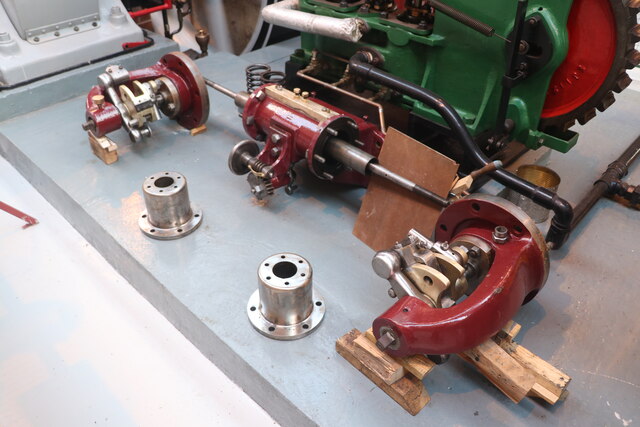
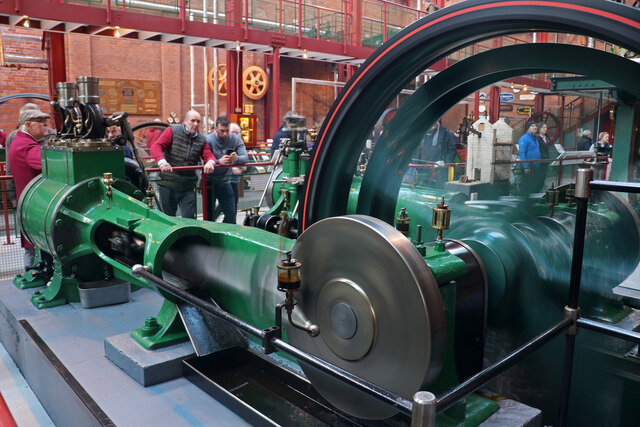
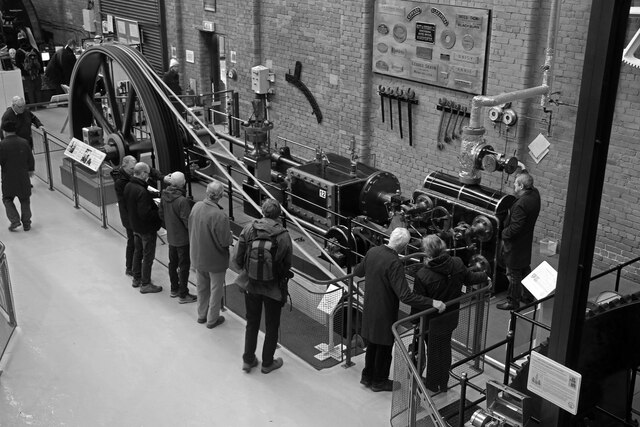
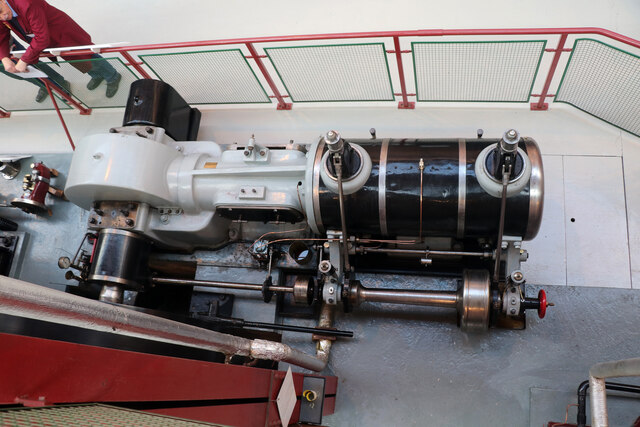





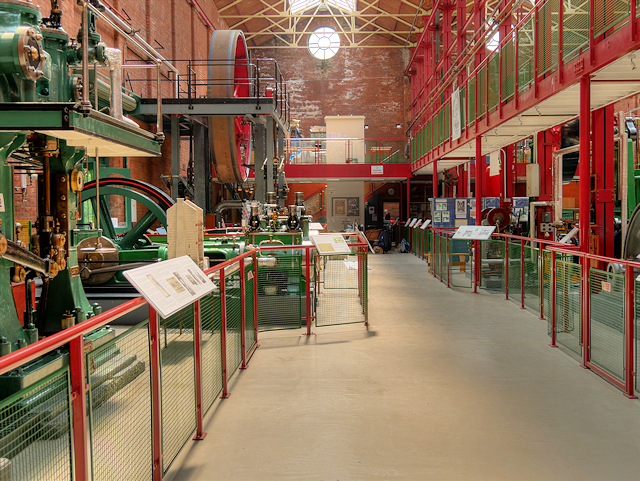

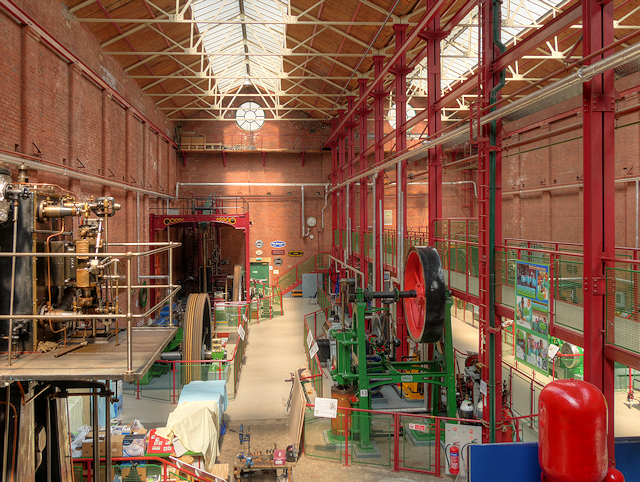
Smithills is located at Grid Ref: SD6911 (Lat: 53.598733, Lng: -2.4553711)
Unitary Authority: Bolton
Police Authority: Greater Manchester
What 3 Words
///scale.hails.coins. Near Bolton, Manchester
Nearby Locations
Related Wikis
Smithills School
Smithills School is a mixed secondary school located in Smithills, Bolton, Greater Manchester.Previously a Grammar School and then a community school administered...
The Sixth Form Bolton
The Sixth Form Bolton, formerly Bolton Sixth Form College, is a further education college for students aged 16-19 and is located in Bolton, Greater Manchester...
Smithills Hall
Smithills Hall is a Grade I listed manor house, and a scheduled monument in Smithills, Bolton, Greater Manchester, England. It stands on the slopes of...
Dean Brook
Dean Brook is a river in Smithills, Bolton, Greater Manchester, historically within Lancashire. Dean Brook rises on Smithills Moor and flows in a south...
Nearby Amenities
Located within 500m of 53.598733,-2.4553711Have you been to Smithills?
Leave your review of Smithills below (or comments, questions and feedback).
